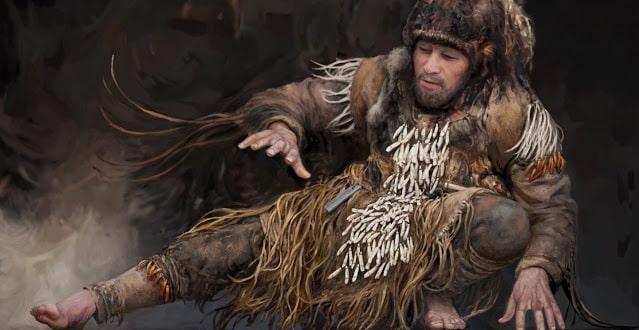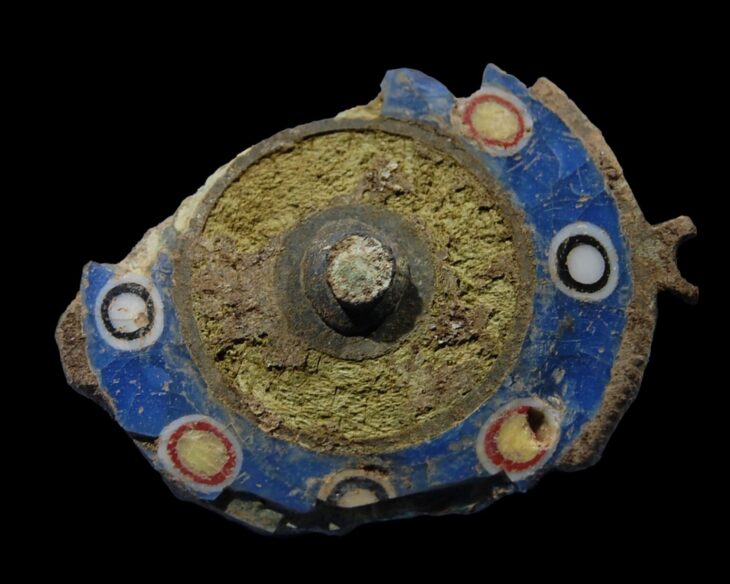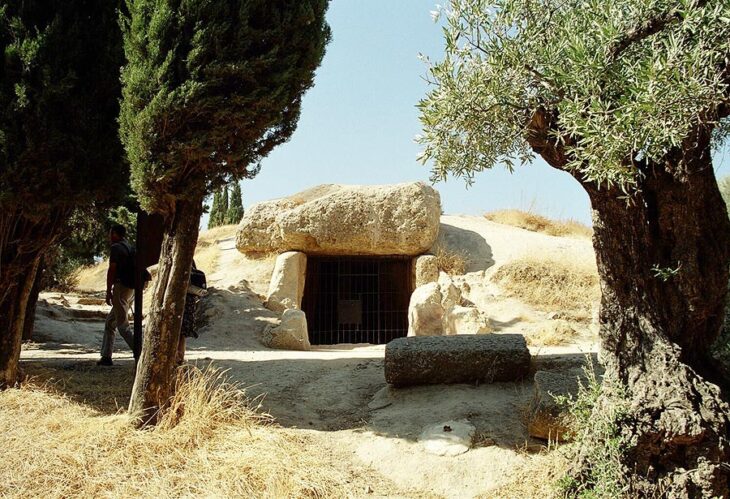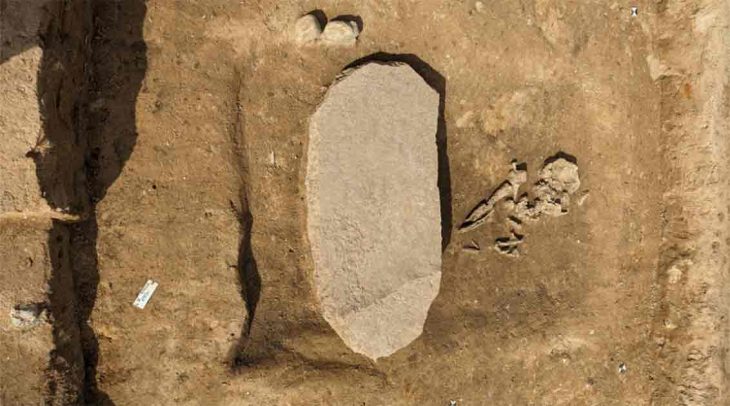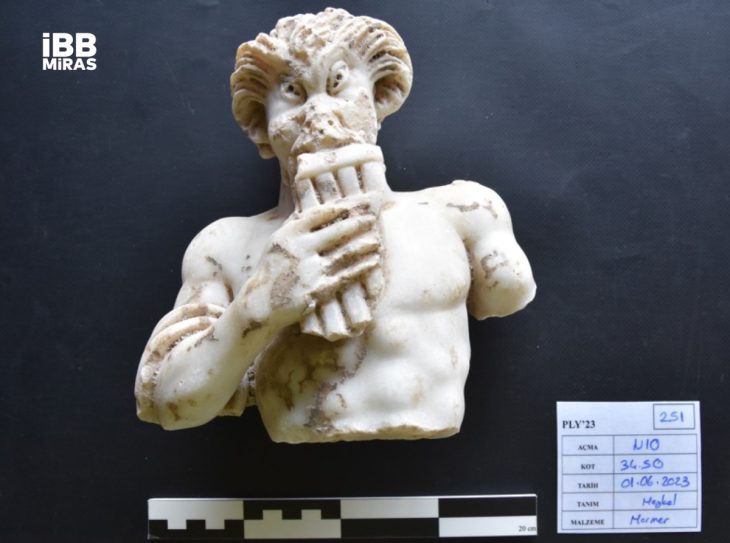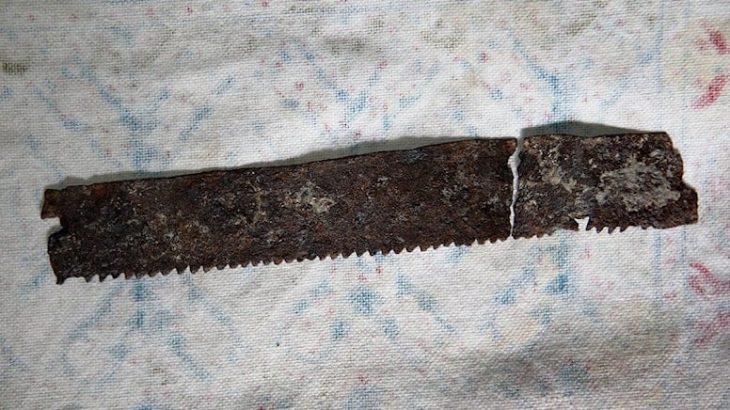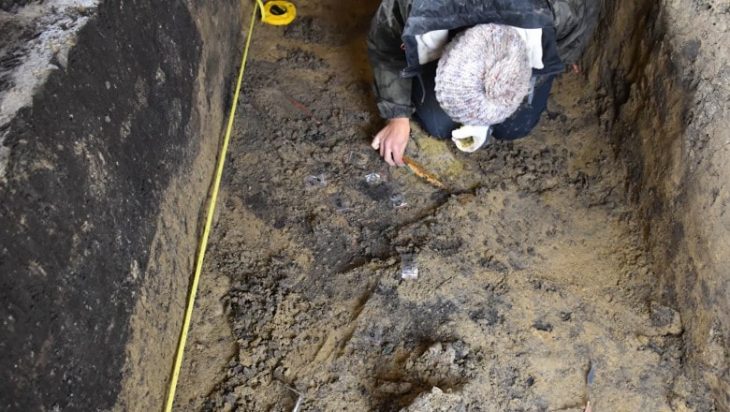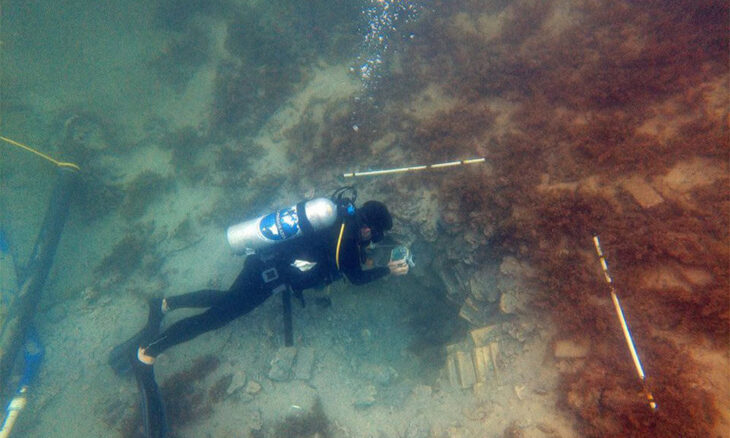Thousands of years ago, people danced frequently and to the rhythm. This is the conclusion of the discovery of elk teeth at the Yuzhniy Oleniy Ostrov burial site in the Republic of Karelia, Russia, whose wear markings and placement in the tombs indicate that the artifacts were employed as rattlers.
A total of 177 graves of women, men and children have been found in the Yuzhniy Oleniy Ostrov burial site, of which more than half contain several elk tooth ornaments, some of them composed of as many as over 300 individual teeth.
“Ornaments composed of elk teeth suspended from or sown on to clothing emit a loud rattling noise when moving,” says auditory archaeologist and Academy of Finland Research Fellow Riitta Rainio from the University of Helsinki. “Wearing such rattlers while dancing makes it easier to immerse yourself in the soundscape, eventually letting the sound and rhythm take control of your movements. It is as if the dancer is led in the dance by someone.”
Rainio is well-versed in the subject, having danced for six hours in a row for study reasons while wearing Stone Age-style elk tooth decorations. Rainio and artist Juha Valkeapää put on a performance to see what type of wear marks teeth get as they slam against one other and move in different directions.
Depending on the quantity and quality of the teeth, as well as the intensity of movement, a tooth rattler’s sound might be clear and brilliant or loud and pounding.
graves of Yuzhniy Oleniy Ostrov, NW Russia [Julia Shpinitskaya]
The teeth that had been worn down by dancing were examined for microscopic signs before and after the dance. These signs were then compared to those discovered in the Yuzhniy Oleniy Ostrov burials by Evgeny Girya, a Russian Academy of Sciences archaeologist specializing in micro-marks.
📣 Our WhatsApp channel is now LIVE! Stay up-to-date with the latest news and updates, just click here to follow us on WhatsApp and never miss a thing!!
Girya documented and analyzed the wear marks in the elk teeth recovered in the four experiment burials. When he compared the chips, hollows, cuts, and smoothened surfaces of the teeth, he saw a striking similarity between dancing teeth and Stone Age teeth. The imprints on Stone Age teeth, on the other hand, were deeper and wider. According to Girya, the results show that the marks are the result of similar activity.
“As the Stone Age teeth were worn for years or even decades, it’s no surprise that their marks are so distinctive,” Girya says.
Kristiina Mannermaa, Associate Professor of Archaeology at the University of Helsinki, is excited by the research findings.
“Elk tooth rattlers are fascinating, since they transport modern people to a soundscape that is thousands of years old and to its emotional rhythms that guide the body. You can close your eyes, listen to the sound of the rattlers and drift on the soundwaves to a lakeside campfire in the world of Stone Age hunter-gatherers.”
The study is published in the Cambridge Archaeological Journal.
Cover Photo: [Artist Tom Bjorklund]
Source: University of Helsinki

